Conifers at Highlands NC
conifer50
15 years ago
Related Stories
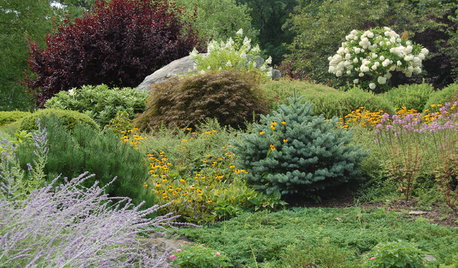
GARDENING GUIDESDesigning With Conifers: Finding the Right Garden Bedmates
In gardening, building on commonalities creates an enduring relationship
Full Story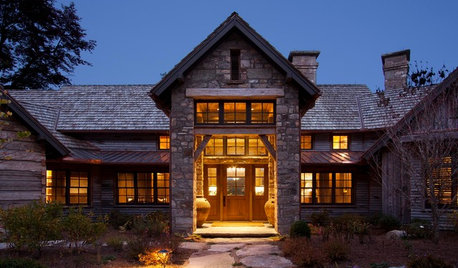
RUSTIC STYLEOld Southern Highlands Style for a New North Carolina Retreat
Antique woods add a sense of history to a gracious part-time home in the Blue Ridge Mountains
Full Story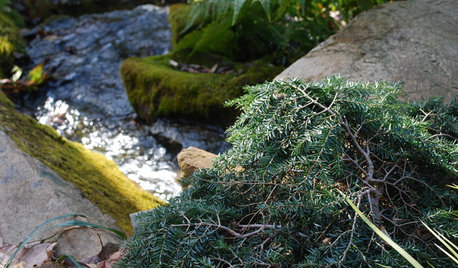
GARDENING GUIDESGreat Design Plant: Tsuga Canadensis ‘Bennett’
Bennett Canadian hemlock thrives in shade and provides sculptural interest in eastern U.S. gardens
Full Story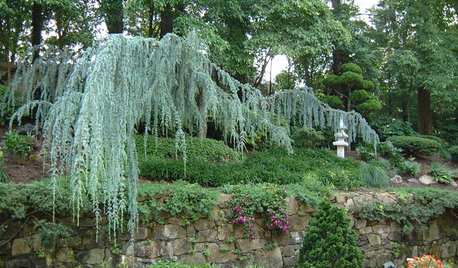
GARDENING GUIDESGreat Design Plant: Cedrus Atlantica ‘Glauca’
With its blue foliage and variety of shapes, blue atlas cedar earns its place in the sun
Full Story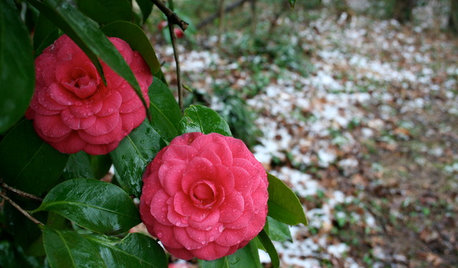
GARDENING GUIDESSoutheast Gardener's November Checklist
You're probably on top of planting bulbs, but don't forget to keep an eye on frost and drain your mower's gas tank
Full Story
MOST POPULARHouzz Call: Show Us Your Winter View!
Share pictures of your home and garden in winter — whatever your climate, architecture and plantings
Full Story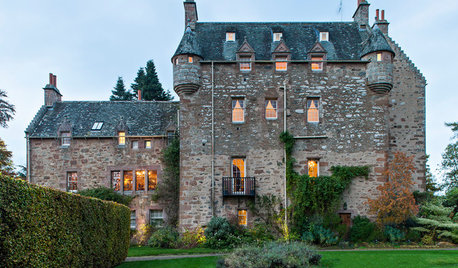
TRADITIONAL ARCHITECTUREHouzz Tour: New Warmth for a 17th-Century Scottish Castle
A tasteful restoration project introduces modern comforts into a formerly chilly castle without compromising its character
Full Story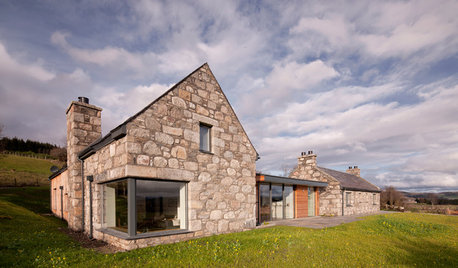
FARMHOUSESHouzz Tour: A Scottish Farmhouse Creatively Transformed
A dilapidated stone cottage and barn are reimagined as a contemporary home, inspired by the landscape
Full Story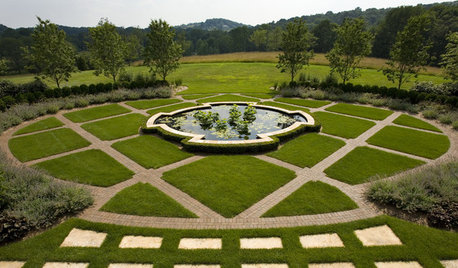
GARDENING GUIDES12 Gardens That Are Pure Visual Delights
Lovely to look at, delightful to behold, these gardens are designed with the sole purpose of being a treat for the eyes
Full Story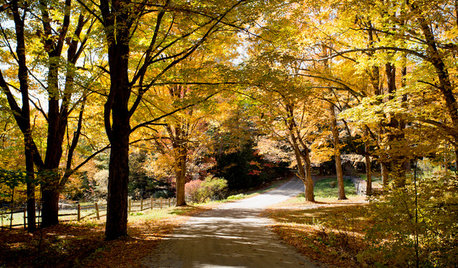
FALL GARDENINGHouzz Call: Show Us Your Autumn Views
Share your pictures of fall foliage and decor in the Comments. Your photos may be featured in an upcoming story!
Full Story




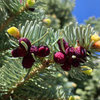
wisconsitom
tsugajunkie z5 SE WI ♱
Related Discussions
Highlands, NC Plant Sale
Q
Plant Sale in Highlands
Q
Condiment Shop in Highlands,NC
Q
Craig's List - Stained glass stuff - NC
Q
Embothrium
bengz6westmd
basic
conifer50Original Author
bengz6westmd
spruceman
Jon 6a SE MA
Jon 6a SE MA
sequoia_stiffy
Jon 6a SE MA
pineresin
spruceman
Jon 6a SE MA
spruceman
basic
Jon 6a SE MA
bengz6westmd
pineresin
spruceman
pineresin
conifer50Original Author
spruceman